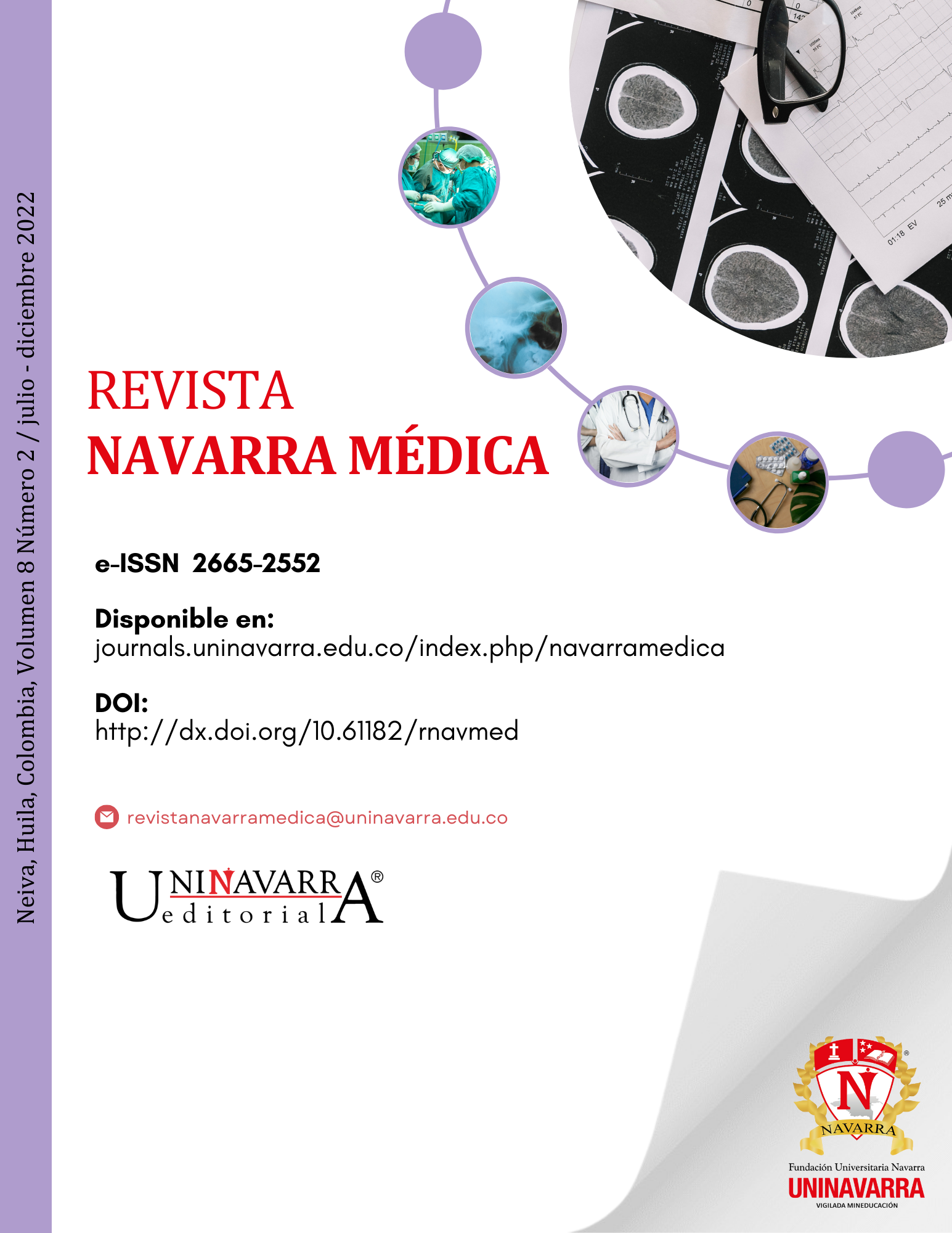Juvenile trabecular skull ossifying fibroma: case report
DOI:
https://doi.org/10.61182/rnavmed.v8n2a4Keywords:
Juvenile ossifying fibroma, Neurosurgery, Histopathology, Case reportAbstract
Background: Bone fibroids are very rare intraosseous benign lesions that generally affect craniofacial structures and onset between aged 10 and 15 years.
Case presentation: An 8-year-old patient was admitted with a history of skull trauma by a traffic accident 2 years ago, it is evidence of a mass in the right frontoparietal region of slow growth associated with intermittent global headache of one year duration. The neurosurgery service evaluates the patient with diagnostic imaging and considers candidate for surgical management of the lesion. With final report of pathology of juvenile ossicle fibroma trabecularis of skull in right frontal bone. This type of benign tumors are extremely rare.
Conclusion: Neuroimaging is the main tool to perform the diagnosis, and the most appropriate behavior is surgical resection, having a favorable prognosis. They are a challenge because the final diagnosis is provided by the histopathology study.
References
1. Cañón OL, Rodríguez MJ. Fibroma osificante juvenil: reporte de un caso. MedUNAB. 2003;6(17):102-6. Disponible en https://revistas.unab.edu.co/index.php/medunab/article/view/261
2. Speight PM, Carlos R. Maxillofacial fibro-osseous lesions. Curr. Diagn. Pathol. 2006;12(1):1-10. doi: 10.1016/j.cdip.2005.10.002
3. Noffke CE. Juvenile ossifying fibroma of the mandible. An 8 year radiological follow-up. Dentomaxillofac Radiol. 1998;27(6):363-6. doi: 10.1038/sj/dmfr/4600384
4. Barrena López C, Bollar Zabala A, Úrculo Bareño E. Cranial juvenile psammomatoid ossifying fibroma: case report. J Neurosurg Pediatr. 2016;17(3):318-23. doi: 10.3171/2015.7.PEDS1521
5. Wang M, Zhou B, Cui S, Li Y. Juvenile psammomatoid ossifying fibroma in paranasal sinus and skull base. Acta Otolaryngol. 2017;137(7):743-749. doi: 10.1080/00016489
6. Williams HK, Mangham C, Speight PM. Juvenile ossifying fibroma. An analysis of eight cases and a comparison with other fibro-osseous lesions. J Oral Pathol Med. 2000;29(1):13-8. doi: 10.1034/j.1600-0714.2000.290103.x.
7. Shekhar MG, Bokhari K. Juvenile aggressive ossifying fibroma of the maxilla. J Indian Soc Pedod Prev Dent. 2009;27(3):170-4. doi: 10.4103/0970-4388.57098
8. Abuzinada S, Alyamani A. Management of juvenile ossifying fibroma in the maxilla and mandible. J Maxillofac Oral Surg. 2010;9(1):91-5. doi: 10.1007/s12663-010-0027-6
9. Eversole LR. Craniofacial fibrous dysplasia and ossifying fibroma. Oral Maxillofac Surg Clin North Am. 1997;9(4):625-42. doi:10.1016/S1042-3699(20)30355-1
10. Rai S, Kaur M, Goel S, Prabhat M. Trabeculae type of juvenile aggressive ossifying fibroma of the maxilla: Report of two cases. Contemp Clin Dent. 2012;3(Suppl1):S45-S50. doi: 10.4103/0976-237X.95104
11. Espinosa SA, Villanueva J, Hampel H, Reyes D. Spontaneous regeneration after juvenile ossifying fibroma resection: a case report. Oral Surg Oral Med Oral Pathol Oral Radiol Endod. 2006;102(5):e32-5. doi: 10.1016/j.tripleo.2006.03.027
12. Slootweg PJ, Müller H. Juvenile ossifying fibroma. Report of four cases. J Craniomaxillofac Surg. 1990;18(3):125-9. doi: 10.1016/s1010-5182(05)80329-4
13. Saiz-Pardo-Pinos AJ, Olmedo-Gaya MV, Prados-Sánchez E, Vallecillo-Capilla M. Juvenile ossifying fibroma: a case study. Med Oral Patol Oral Cir Bucal. 2004;9(5):456-8.
Downloads
Published
Issue
Section
License
Copyright (c) 2025 Jose D. Charry, Juan S. Calle-Toro, Cristian Rincón-Guio, Camilo Calvache, Jorman H. Tejada, Juan P. Solano

This work is licensed under a Creative Commons Attribution-NonCommercial 4.0 International License.








